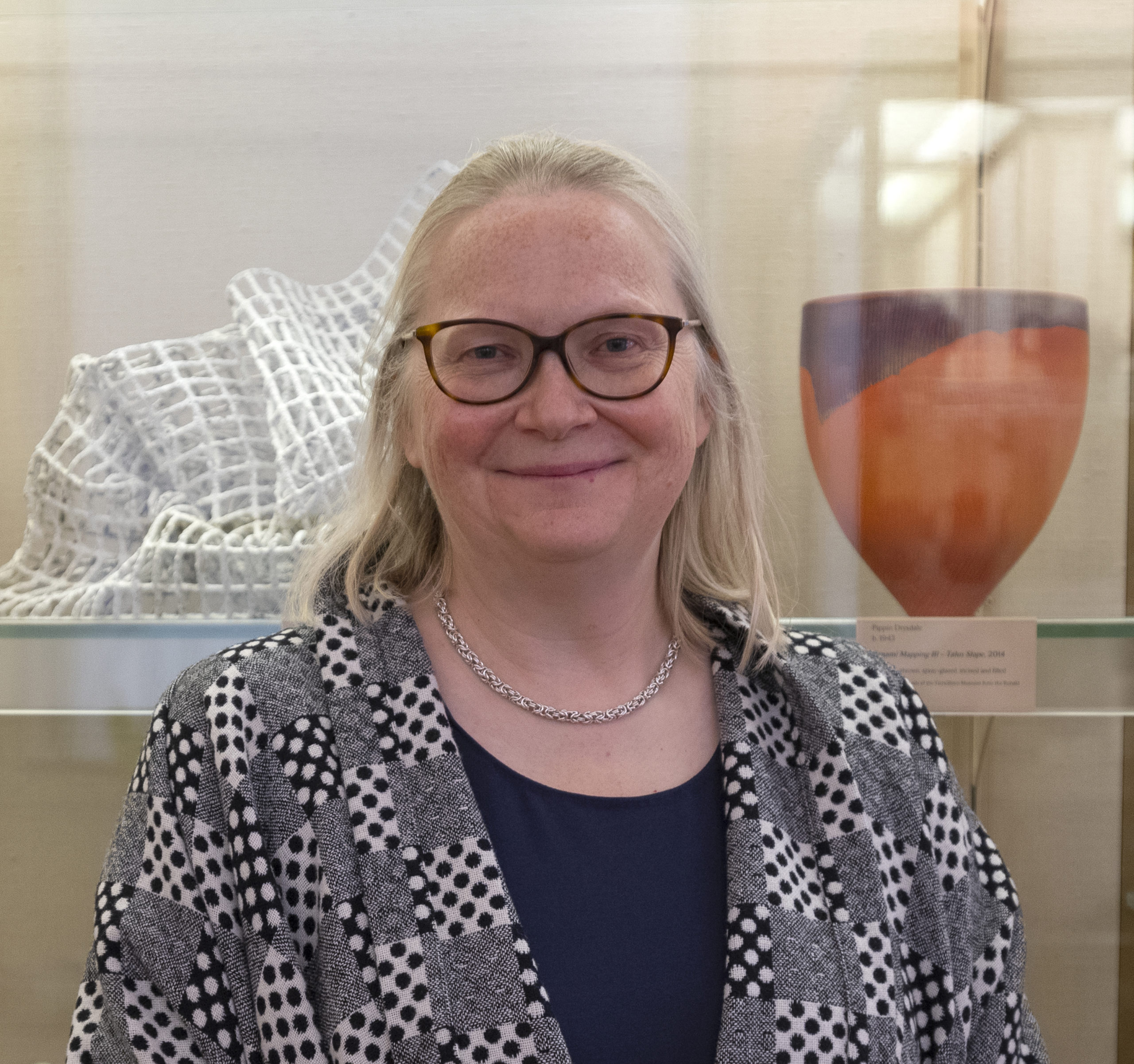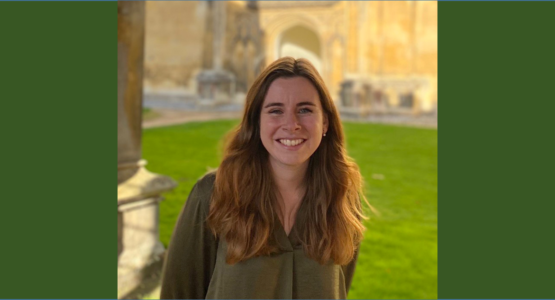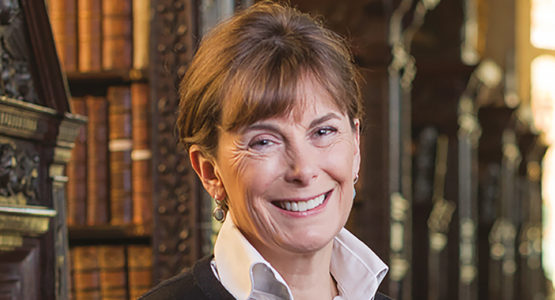Johnian magazine issue 48, spring 2022
Spotlight on: making collections accessible
Keeper of the Applied Arts Department at the Fitzwilliam Museum, Victoria Avery (1988) is well versed in creating eye-catching exhibitions and impactful interpretation to bring collections to life. Here she shares her thoughts on encouraging increasingly diverse audiences to engage and connect with the items on display.
Can you tell us a little about your career journey since leaving St John’s?
After completing a PhD in Art History at St John’s in 1996, I held several postdoctoral fellowships funded by the Henry Moore Institute, the British Academy and Harvard at the Villa I Tatti, Florence, with a research focus on Italian Renaissance sculpture. I then taught Art History at Warwick (2005-2010) and became increasingly interested in the bronze industry of early modern Venice and the production of statues as well as bells and artillery. I’ve been in my current role as head of the Applied Arts Department at the Fitzwilliam Museum for nearly 12 years, and am still loving all the variety and challenges!
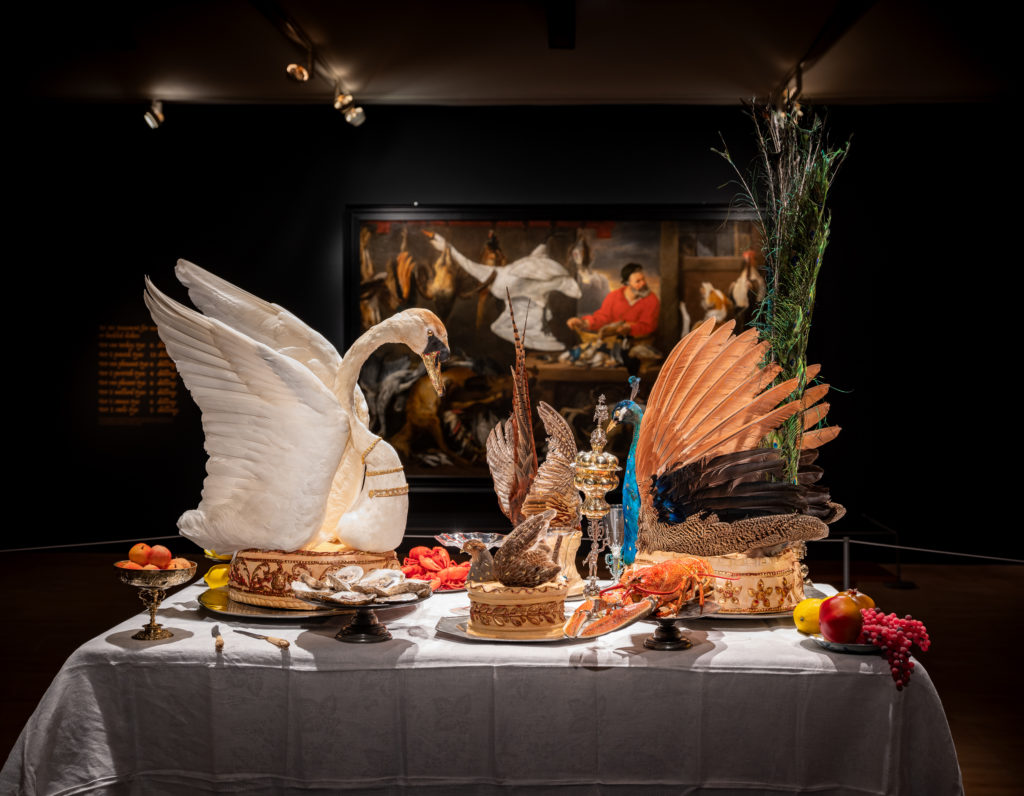
What are your main responsibilities at the Fitzwilliam Museum?
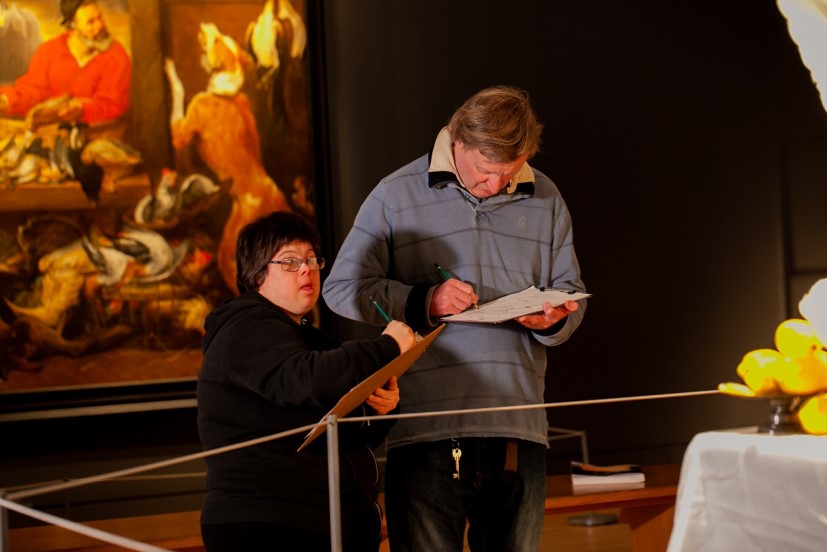
My role is extremely varied: I have general oversight of c. 35,000 objects including European arms and armour, clocks and watches, ceramics, furniture, glass, musical instruments, sculpture, silver and textiles and a great deal of Asian and Islamic material. Much of my time is spent curating temporary exhibitions and smaller gallery displays, which involves researching objects, deciding on a final selection and layout and agreeing on key audiences and how best to display and interpret the exhibits. I also have input into how key exhibition messages can be supported and amplified by the accompanying catalogue, website and other digital outputs, and the public engagement programme. I undertake research into historically neglected, significant or contested objects in order to understand them better and offer more nuanced interpretation to our increasingly diverse audiences. I fundraise for conservation work and new acquisitions, assist academic colleagues with their research and teaching, and support colleagues with outreach work and engagement activities, particularly for audiences with diverse needs, including adults with learning disabilities, those living with dementia, and blind and partially sighted visitors.
Which are the hardest audiences to engage with and why?
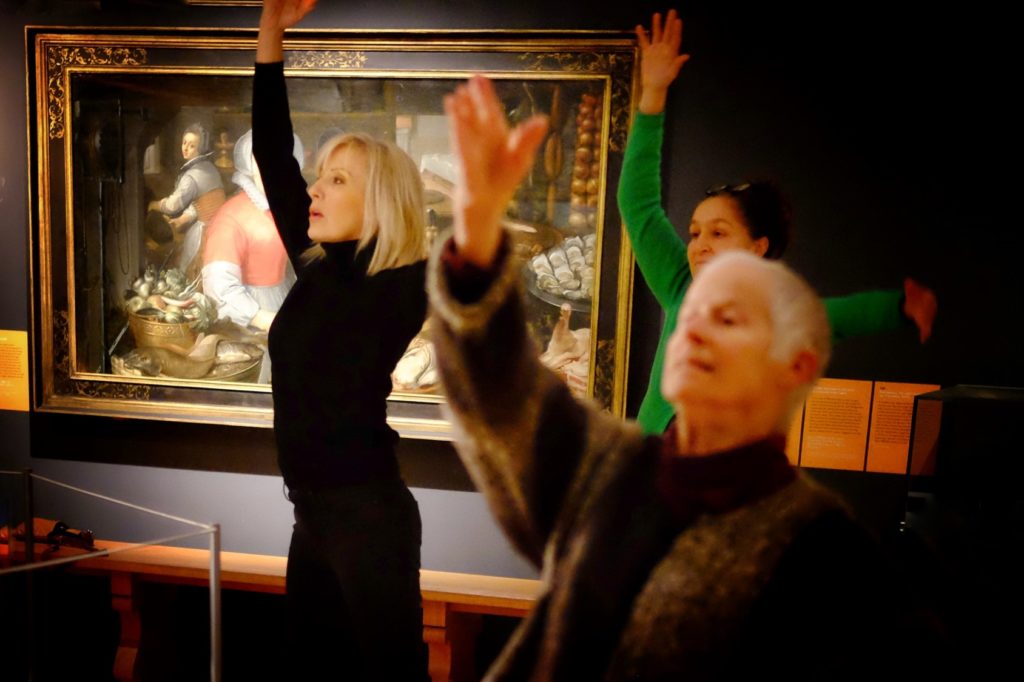
I think to some extent all audiences can be challenging to engage with, especially if they come from very different cultural or social contexts and have different understandings about the role and purpose of art, different levels of visual literacy and so on. But meaningful and transformative engagement is all about real trust and mutual respect, and listening to different opinions (even if they differ profoundly from one’s own). We try to break down barriers that prevent people from visiting in the first place, and we try to build up relationships with different groups to understand what they would like out of their museum experience, finding effective ways of making the collections as interesting, memorable and engaging for them as possible. We are keen for visitors to have a great experience and feel welcome and connected to at least some of the artworks on display. We need to ensure that the museum feels relevant otherwise they won’t return. Everyone visits for different reasons: for some it’s about pleasure and learning, for others it’s about solace and peace, or discovery and intellectual challenge. The hardest audiences are those who come with closed minds or preconceived ideas.
How can we best overcome this issue? Have you and your colleagues found any innovative ways to engage hard to reach audiences?
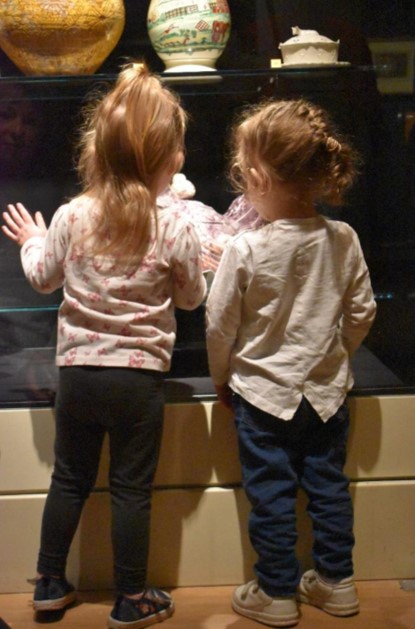
We try hard to make our displays relevant and engaging through eye-catching juxtapositions, creative lighting and accessible but thought-provoking didactic material which includes new research and perspectives, and which poses open-ended questions. We improved our digital offer greatly during the pandemic when we were physically closed. We are increasingly asking our audiences what they would like to see rather than presupposing the answers, and thinking about how best to bring in diverse lived experiences and perspectives through audience engagement and consultation, and co-curation and co-production. We conduct a lot of audience surveys to gather data about our visitors and their reactions and try to bear in mind their feedback. We have a new Collections Development Policy that seeks to make our collections more representative, and we hope to have an artist-in-residence programme to support contemporary practitioners.
What has been your favourite exhibition that you have worked on?
That’s a very hard question to answer as I put my heart and soul into every exhibition, and I’ve loved all of them for different reasons. But I think my all-time favourite exhibition has to be Feast & Fast: The Art of Food in Europe, 1500-1800, which opened in autumn 2019, just before the Covid-19 pandemic really took hold. It looked at eating habits across early modern Europe and the drivers (health, economics, religion and politics) behind people’s food choices, global supply chains and the impact of colonialism on bringing new foodstuffs and dining habits to Europe. It was a great way to showcase many artistic treasures that had not been seen for decades, and to display them alongside spectacular historic recreations of food, including an Elizabethan sugar banquet, an elite feasting table of bird pies, and a Georgian confectioner’s window. It made people think about their food choices now, and we had great feedback with people telling me that they were going to start cooking, think more about food choices and food waste, and ethical consumerism.
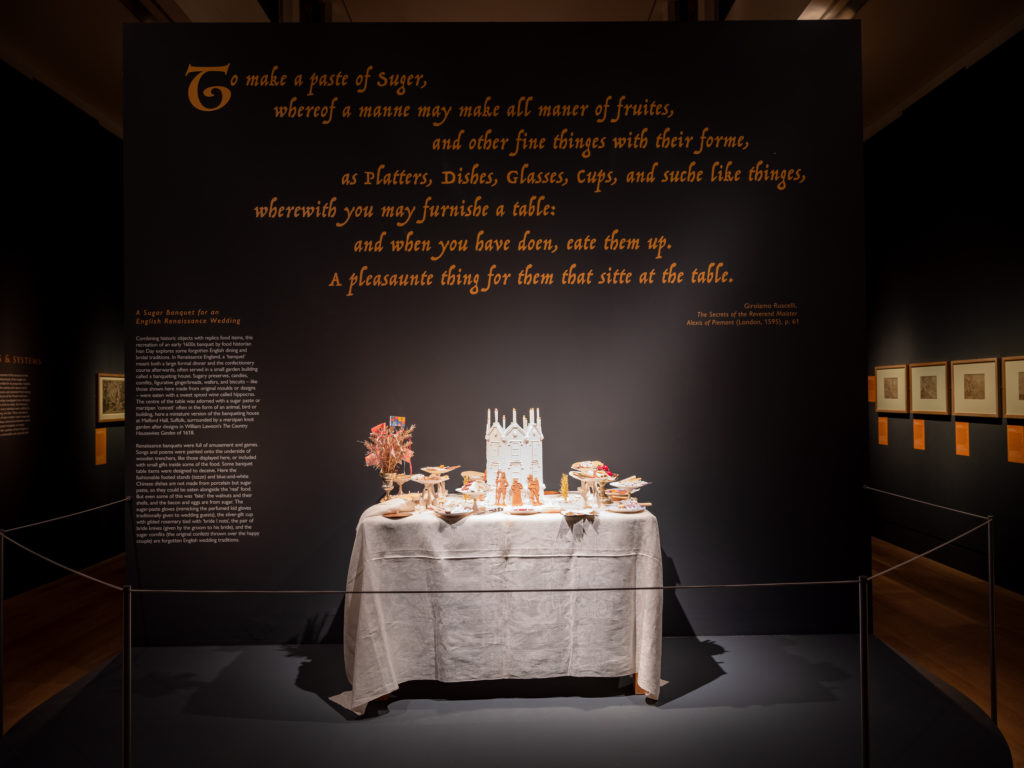
You can read more about Victoria’s work on accessibility and engaging with diverse audiences at the Fitzwilliam Museum on their blog where she discusses collaboration with Rowan (the Cambridge-based charity and arts centre supporting adults with learning disabilities).
Written by
Victoria Avery (BA, MA, PhD, Cantab) has been a Keeper of Applied Arts at the Fitzwilliam Museum since 2010, prior to which she was Associate Professor in the History of Art Department, University of Warwick (2005-10) and Rush H. Kress Fellow at Villa I Tatti (Harvard University Center for Italian Renaissance Studies; 2004-05).
Dr Avery has curated numerous permanent gallery displays at the Fitzwilliam Museum, and co-curated several ambitious and critically acclaimed interdisciplinary exhibitions, including, Treasured Possessions from the Renaissance to the Enlightenment (2015), Madonnas & Miracles: The Holy Home in Renaissance Italy (2017), and Feast & Fast: The Art of Food in Europe, 1500–1800 (2019-20).


